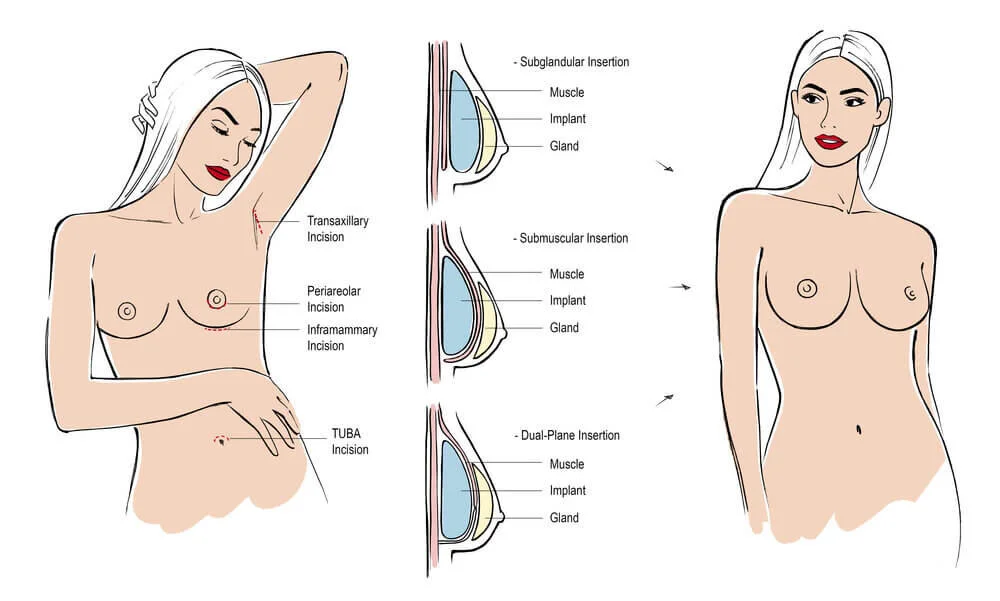Many people with stubborn areas of fat often consider liposuction as an alternative weight loss procedure.
There is some truth that liposuction does remove weight, but there is much more to it than that. Read on to learn more.
How does Liposuction Work?
Liposuction is a powerful technique to address stubborn areas of fat that are not conducive to weight loss and exercise.
Many women complain that despite diet and exercise, they continue to experience unwanted fat in problem areas including the abdomen, love handles, arms, legs, neck, or knees.
The procedure involves the use of small incisions and cannulas to remove excess fat.
Downtime is minimal and results are gratifying.
How much weight can you lose with liposuction?
This question is tricky. While some patients may lose a few pounds, that is not the goal of liposuction. The purpose of liposuction is body sculpting and improving physical physique, not weight loss.
Usually, the maximum amount of fat that is suctioned out is the equivalent of around 5-8 pounds. It is not recommended to have more than 4-5L of liposuction performed in one surgical procedure, and as more is done the risk of complication increases.
If multiple treatment areas are desired and the overall amount of liposuction is > 5 L, the procedure should be broken down into 2 separate surgeries spaced about 12 weeks apart.
Therefore, patients should not expect to lose a dramatic amount of weight with liposuction. However, because fat is removed from cosmetically important areas, liposuction can produce significant improvements in the way you look and feel in clothing.
Are the results permanent? Will fat cells grow back?
After liposuction, you will be placed in a medical-grade compression garment and your surgeon will give you instructions on how to care for your new body.
If you adhere to your instructions and do not experience a dramatic weight gain, your body’s shape is more or less permanent.
If you do gain weight after liposuction, then your figure will simply be a larger version of the new body shape. However, the dramatic results you initially saw will be less defining.
Liposuction removes fat cells permanently. However, with an increase in weight, new fat cells can develop in all areas of the body, including previously treated liposuction areas.
That being said, the degree of fat deposits re-growing in a previously treated liposuction area is less than in untreated areas.
What age-related changes should I experience if I remain weight-stable?
No. If you stay around the same weight, then you should not expect fat cells to redeposit in the area previously treated.
However, it is natural for the body’s fat deposits to change gradually with age and fluctuations in hormones. However, the results of successful liposuction should remain visible.
Will I see my results right away?
The majority of patients will see their final results 8-12 weeks after their procedure. Most patients have swelling and bruising that resolves within a few weeks of surgery.
Which is a better choice for me, Liposuction or a Tummy Tuck (abdominoplasty)
Liposuction is a noninvasive (no skin incision and no long scars) procedure that focuses on removal of fat cells, but does not address excess skin.
Liposuction is intended for individuals with good skin elasticity so the skin can “bounce back” after the procedure. For individuals with excess skin, a Tummy Tuck (abdominoplasty) or total body lift may be a better option.
Liposuction does not address abdominal wall laxity or diastasis recti.
However, it is considered a body contouring procedure as it will accentuate feminine features such as a thin waistline and hourglass silhouette. It is used to sculpt, or fine-tune, certain treatment areas that do not respond to a healthy lifestyle.
In some patients, it is safe to combine liposuction with an abdominoplasty, depending on where excess fat resides.
We offer a variety of surgical and nonsurgical services in our office.
Dr. Parcells is a board-certified plastic surgeon in New Jersey. She is certified by the American Board of Plastic Surgery.







